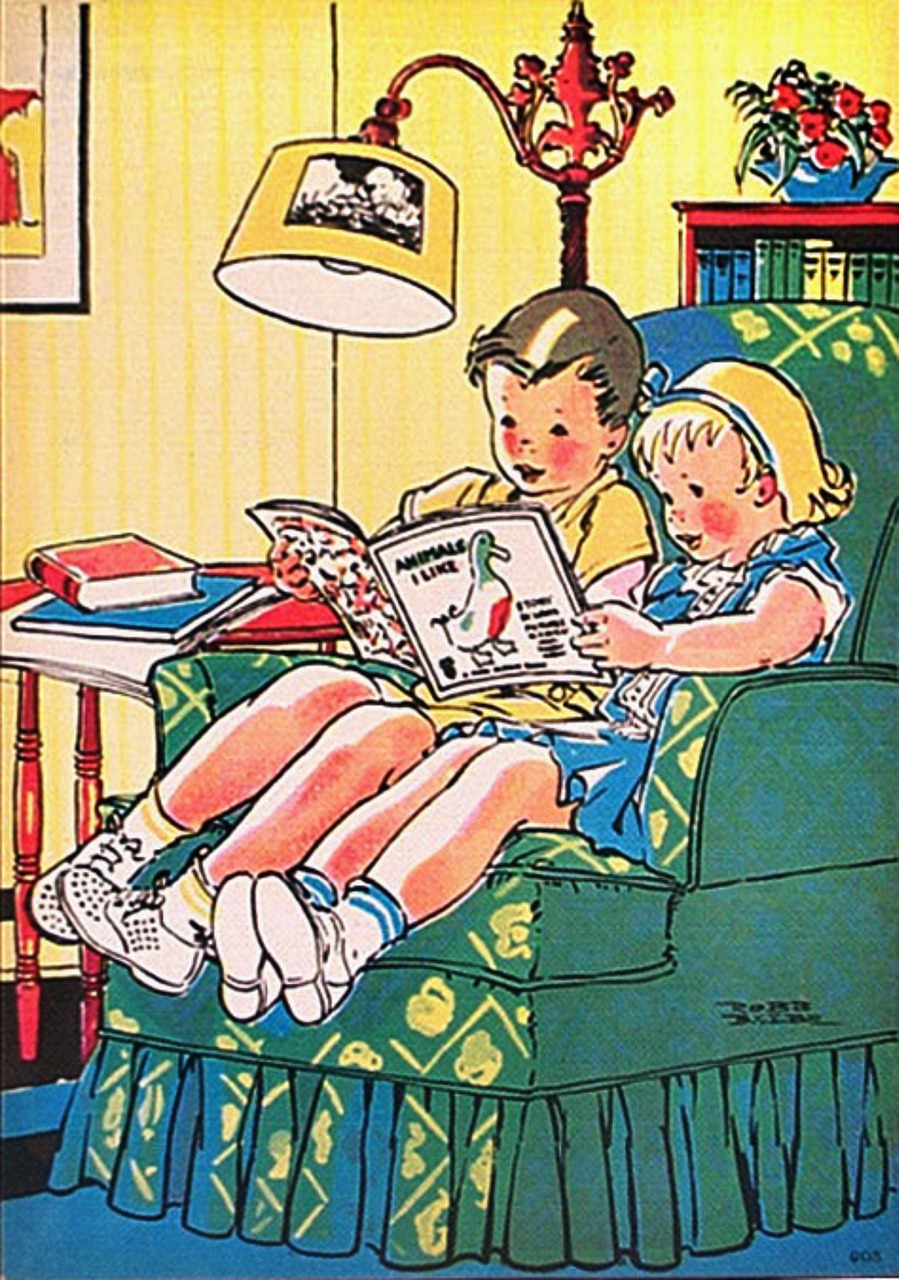 Those who think writing a children’s picture book might be easier than writing one for adults may be surprised to learn it is not.
Those who think writing a children’s picture book might be easier than writing one for adults may be surprised to learn it is not.
Children’s books are treated differently in the publishing industry. The market is highly segmented by age, grade, and reading levels. The content of any children’s book needs to be age-appropriate. And to complicate things further, children don’t buy books. Adults do. This means the author must serve the needs of two different audiences: children and the adults who buy them books. Children’s book sales in 2015 were reported at $1.7 billion. It is big business and children’s picture books are a notoriously tough market.
One reason for this cut-throat competition is the large number of stable selling classics which remain on the bestseller lists. A good children’s book has a long shelf-life. In other words, publishers look for books that will not go out of date and continue to sell year after year. This diminishes the appetite for new titles. Another reason for limited demand for new children’s titles is there are a large number of classic stories now in the public domain. New authors can’t really compete with dead authors and free content. Third, publishers want to invest in an author who will continue to write additional books instead of one-book wonders.

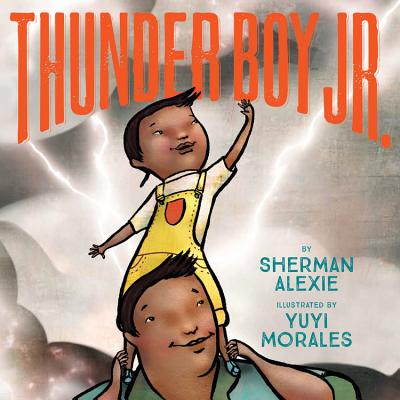 Currently, children’s picture book authors come from some of the best writers of contemporary literature. Novelist Jane Smiley has written one for 3-6 year olds titled Twenty Yawns about going to sleep after a long day at the beach. Sherman Alexie released his first picture book, Thunder Boy Jr., which features a Native American protagonist – a rarity in kid lit. James Patterson, John Grisham, Jennifer Weiner, and Calvin Trillin all have new picture books.
Currently, children’s picture book authors come from some of the best writers of contemporary literature. Novelist Jane Smiley has written one for 3-6 year olds titled Twenty Yawns about going to sleep after a long day at the beach. Sherman Alexie released his first picture book, Thunder Boy Jr., which features a Native American protagonist – a rarity in kid lit. James Patterson, John Grisham, Jennifer Weiner, and Calvin Trillin all have new picture books.
The other trend besides masters of prose becoming children’s picture book authors, is the current crop of books written by celebrities. Madonna, Barack Obama, Will Smith, Jerry Seinfield, Jamie Lee Curtis, Katie Couric, Whoopi Goldberg, and Russell Brand have all become published authors of children’s books. Publishers recognize the value of the audience platform a celebrity can bring to the sales of a book.
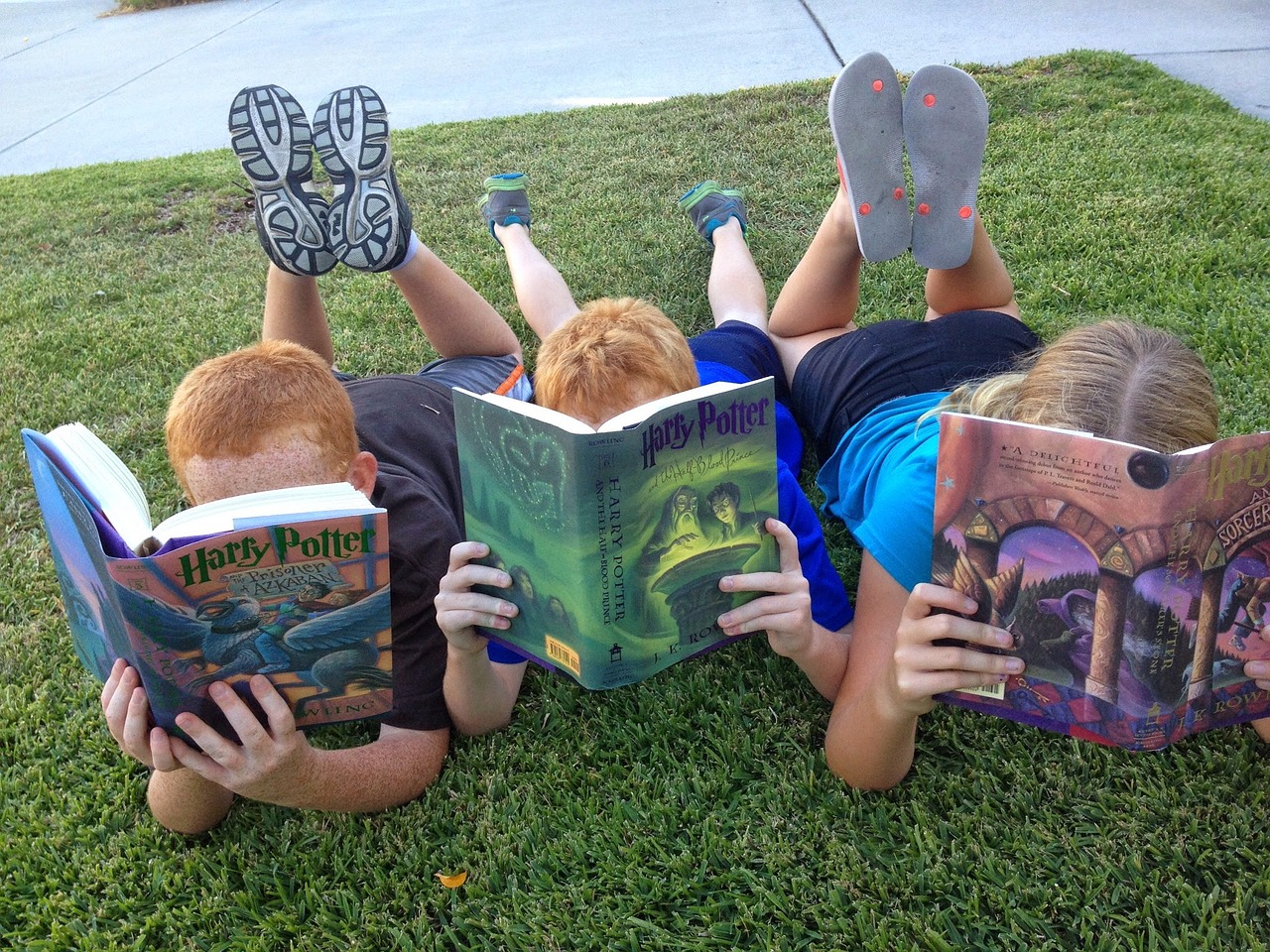 If you are neither a celebrity nor a bestselling novelist, it can be difficult for a debut author so you need to focus on the craft of writing. Character development. Storyline. Emotional resonance. Interesting problem or challenge which ends with satisfying resolution. The prose should engage all five senses. Word choices are critical. Every syllable counts.
If you are neither a celebrity nor a bestselling novelist, it can be difficult for a debut author so you need to focus on the craft of writing. Character development. Storyline. Emotional resonance. Interesting problem or challenge which ends with satisfying resolution. The prose should engage all five senses. Word choices are critical. Every syllable counts.
Beyond the words in a manuscript, an author must determine what kind of picture book theirs will be. The market is highly segmented in terms of the production of children’s books. There are different kinds – baby books, Preschool, board books, illustrated storybooks, fold-out books, touch and feel books, interactive books, books with no words, books with corporate ties or commercial product tie-ins, books with DVDs, pop-up books, and books in a series.
 Discerning whether your book is an illustrated storybook, a picture book, or a board book is important. Board books are 26 pages and each page is a thick board made from pressed fiber intended to withstand an infant or toddler who may chew on a corner or try to tear it. An illustrated storybook puts the primacy on the story and the art work illustrates the narrative. A picture book emphasizes the illustrations, which carry the narrative arc and the words fill in where the pictures don’t suffice for comprehension. Both illustrated storybooks and picture books are 32 pages typically. Illustrated storybooks have a plot and could be read and understood without illustrations although the pictures add a good deal to the story.
Discerning whether your book is an illustrated storybook, a picture book, or a board book is important. Board books are 26 pages and each page is a thick board made from pressed fiber intended to withstand an infant or toddler who may chew on a corner or try to tear it. An illustrated storybook puts the primacy on the story and the art work illustrates the narrative. A picture book emphasizes the illustrations, which carry the narrative arc and the words fill in where the pictures don’t suffice for comprehension. Both illustrated storybooks and picture books are 32 pages typically. Illustrated storybooks have a plot and could be read and understood without illustrations although the pictures add a good deal to the story.
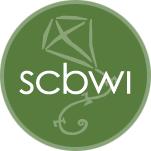 If you want to become a children’s book author, your first step is to join the Society of Children’s Book Writers & Illustrators (SCWBI). I recommend their new podcast series available exclusively to members.
If you want to become a children’s book author, your first step is to join the Society of Children’s Book Writers & Illustrators (SCWBI). I recommend their new podcast series available exclusively to members.
 Learning about children’s publishing as an industry can be very helpful to you as an author. I recommend you subscribe to Shelf Awareness. There are two versions: readers and book trade. Both are free online email subscriptions. I suggest you start first as a reader and subscribe for a month or two. Then add or switch to the book trade version. You can learn a good deal from skimming this publication about what books are selling and how the industry works. Publisher’s Weekly has a biweekly edition specifically for Children’s Book Publishing. I recommend you subscribe and start to follow the news in the publishing industry. 2016 Children’s Writer’s & Illustrator’s Market: The Trusted Guide to Getting Published is an annual publication which you should be able to find in your public library. It’s also relatively inexpensive as it is now published in paperback.
Learning about children’s publishing as an industry can be very helpful to you as an author. I recommend you subscribe to Shelf Awareness. There are two versions: readers and book trade. Both are free online email subscriptions. I suggest you start first as a reader and subscribe for a month or two. Then add or switch to the book trade version. You can learn a good deal from skimming this publication about what books are selling and how the industry works. Publisher’s Weekly has a biweekly edition specifically for Children’s Book Publishing. I recommend you subscribe and start to follow the news in the publishing industry. 2016 Children’s Writer’s & Illustrator’s Market: The Trusted Guide to Getting Published is an annual publication which you should be able to find in your public library. It’s also relatively inexpensive as it is now published in paperback.
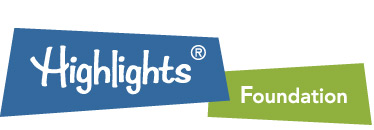 Cultivate your literary community. Participate in workshops and attend conferences. Join a writing group. Take a course or attend a webinar. Explore the opportunities at the Highlights Foundation which is in Boyd Mills, PA.
Cultivate your literary community. Participate in workshops and attend conferences. Join a writing group. Take a course or attend a webinar. Explore the opportunities at the Highlights Foundation which is in Boyd Mills, PA.
Here are a few things you need to know if you plan to pursue publication of a children’s picture book. You must have a polished and complete manuscript ready to submit before you begin to query. Do not include illustrations. Do not send unsolicited manuscript to agents or editors. Query first. You will need to find an agent who represents authors with children’s picture books because few publishers accept submissions directly from authors.
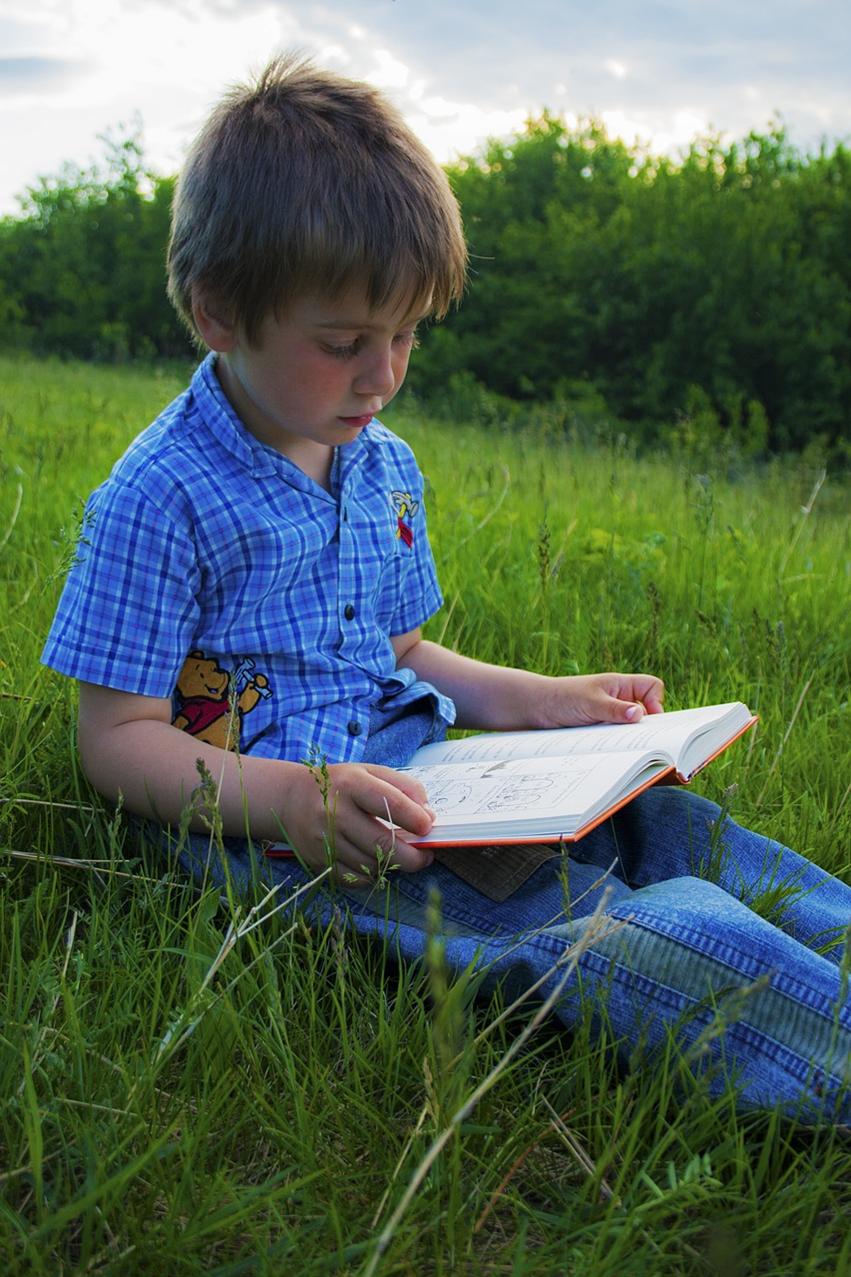
 The difficult part is finding a story that holds meaning for children and their parents and turning it into a book that youngster wants to read over and over again. Read your manuscript out loud every day for a month. Revise accordingly. Beta-test your new product with friends who will read it out loud to their youngsters and get valuable feedback on what works and what doesn’t.
The difficult part is finding a story that holds meaning for children and their parents and turning it into a book that youngster wants to read over and over again. Read your manuscript out loud every day for a month. Revise accordingly. Beta-test your new product with friends who will read it out loud to their youngsters and get valuable feedback on what works and what doesn’t.
There may be more revisions than you can count to your manuscript of less than a thousand words. Sherman Alexie wrote 70 drafts before he finished Thunder Boy. It may not take but an hour to write the first draft, but it may take many months before you have a final draft. While writing a children’s picture book looks “simple,” it isn’t easy to get published.
If you’re working on a children’s picture book and would like advice or guidance on taking it to publication, contact us. We’d be happy to work with you.

Yow. Fascinating. I used to dream of illustrating children’s books. Now that I write, I wouldn’t dare think of trying anything in this field. Thanks for showing me why.
Cheers!